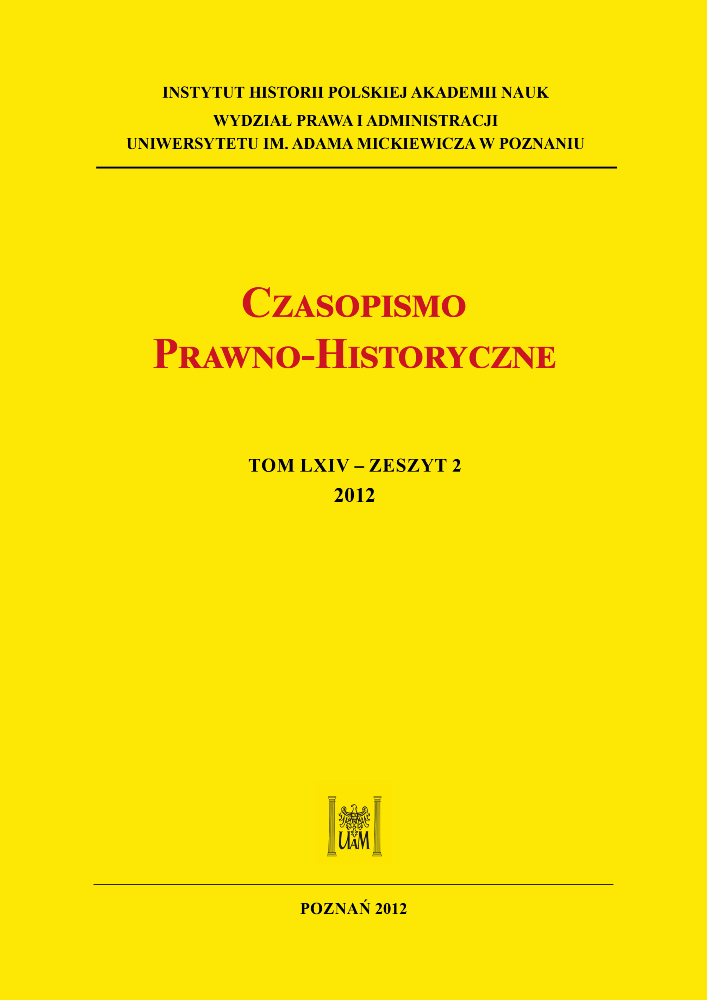Abstrakt
The paper presents events that had preceded the work on the drafting of matrimonial law for the territory of Poland established at the Vienna Congress (1815) as an autonomous unit under the name the Kingdom of Poland, formerly under the occupation of the Russian Empire. The existing Napoleon Code that applied to that territory provided for a lay character of matrimony and as such was opposed by the Roman Catholic church. As a result, the dispute concerning the nature of the state matrimonial law that continued between 1818 and 1830 ended in the implementation in 1836 of a law of a mixed character that combined elements of the lay and well as religious approaches. That law had remained in force until 1945. The complexity of matrimonial law of 1836 was a consequence of its provisions based of religious principles of individual religious denominations. Hence, interpretation and application of that law, already difficult because of its dual character, was further hindered by the unclear relation of that law to the underlying it religious laws, and particularly, the importance of the Catholic canon law provisions in civil law relationships. The judicial decisions of the interwar period (1918-1945) did not provide any uniform interpretation of that issue. However, two basic views regarding the reception of religious law in the state’s matrimonial law were formulated. In one, pursuant to the adopted formula of incorporation of religious law in the matrimonial law enacted by the state, only those religious norms that were included in the state law constituted the basis for effective solutions and decisions. According to the other view, religious law attained a state law value by the very fact that the matrimonial law of 1836 had referred to religious laws and regulations. After the end of World War II, matrimonial law in its previous shape was practically neglected. Since 1989, following the change in the political regime, a religious concept of matrimony has been promoted, but nothing than mere postulates in that matter have been so far proposed.
Licencja
Copyright
© 2012 Wydział Prawa i Administracji UAM w Poznaniu
OPEN ACCESS




